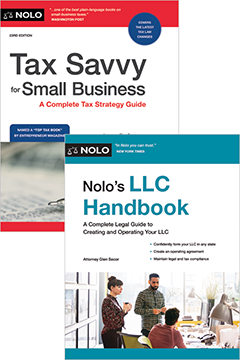If you're modifying an existing contract, use this Sample Amendment.
This Sample Amendment to Contract can help you incorporate any changes to an existing agreement, quickly and painlessly. You'll also find tips on filling in the form in the "Completing the Amendment" section below.
(For more information on making changes to an agreement that's already in writing, see our article about amending an existing contract.)
Amendment to Contract
1. This amendment (the "Amendment") is entered into by and between _________________ and _________________, parties to the agreement _________________ dated _________________ (the "Agreement").
2. The parties mutually agree to amend the Agreement as follows:
________________________________________________
3. This Amendment shall take effect on _________________.
4. Except as set forth in this Amendment, the Agreement is unaffected and shall continue in full force and effect in accordance with its terms. If there is conflict between this Amendment and the Agreement or any earlier amendment, the terms of this Amendment shall prevail.
This Amendment and each party's obligations shall be binding on the respective party and its representatives, assigns, and successors. Each party has signed this Amendment through its authorized representative.
[Party 1]
____________________________
By: __________________________
Printed Name: _________________
Title: ________________________
Dated: _________________
[Party 2]
____________________________
By: __________________________
Printed Name: _________________
Title: ________________________
Dated: _________________
Completing the Amendment
Here are a few tips on how to complete the Sample Amendment to Contract and incorporate it into your contract.
1. Introductory paragraph. Type your name or the name of your company and the other side's name (an individual or a company). Include the title name of the original agreement as it appears at the top of the agreement. For example, the original agreement might be titled "Nondisclosure Agreement" or "Master Service Agreement." Finally, include the effective date of the original agreement.
All of these details in the introductory paragraph help to identify which agreement this amendment is connected to.
2. Describe the amendment(s). Type in the amendments to the existing contract using one of the three methods: redlines and strikeouts, replacing an entire clause in its entirety, or simply describing the changes. You can find a description of these methods in our amending an existing contract article, as referenced at the beginning of this article. The modifications might be extensive so don't hesitate to use multiple paragraphs to clearly and precisely list out the amendments.
3. Effective date of the amendment. List the date when the amendment is meant to take effect. This date helps to bring clarity to when the changes will take effect. This paragraph is especially useful for price changes down the line so you know at what time to expect the change in price.
4. The concluding paragraph. This paragraph (number four) should be included to guarantee that other than the amendment, the contract remains as it's written. In other words, the amendment is only meant to change one specific part of the agreement and nothing else.
5. Proofread and sign your amendment. In the signature section, list the name of each party as it appears in the introductory paragraph. Under the printed party names, each of you should sign and write in the date. The dual signatures will further enforce the amendment's validity. Below, each person should print their name and title, such as "Chief Operating Officer," or "General Partner." You'll want to make sure the person signing the agreement has the authority to do so. For instance, if the party is a limited liability company (LLC), an LLC member or manager should sign. If the party is a corporation, a company officer should sign.
In addition, you need to make sure that you've fulfilled any signing or notice requirements included in the original agreement. Generally, agreements require the contracting parties to sign all amendments. However, in some cases—for example, corporate amendments or amendments to financial agreements—other signatures or notices could be required.
Managing Amendments
Contracts can undergo multiple amendments, so it's usually a good idea to number each amendment—for example "Amendment No. 1" or "First Amendment." In addition, amendments should be filed and maintained with the original agreement so that anyone viewing the file will know that the agreement has been amended.
Further Information on Contract Amendments
Oftentimes, you can negotiate and execute a contract amendment on your own (along with the other party). But if a proposed amendment is contested or you need help ironing out the details, consider bringing in a business attorney to help you with contract negotiations. A lawyer can also help make sure that your amendment describes exactly what you want and is legally enforceable.
For additional tips and guidance, check out the business contracts section of our website. If you're looking for a deeper dive, read our book Contracts: The Essential Business Desk Reference, by Richard Stim (Nolo).



